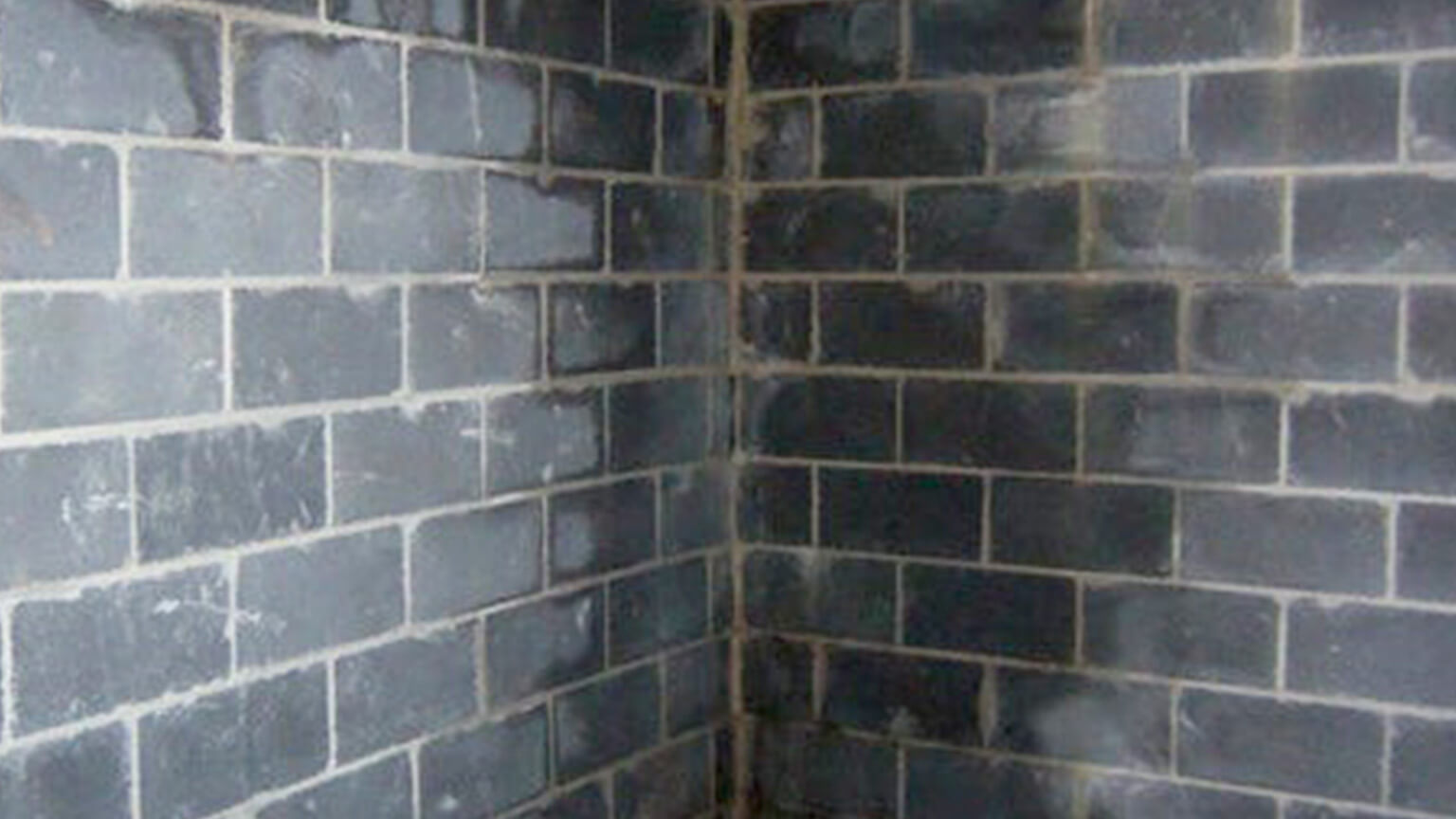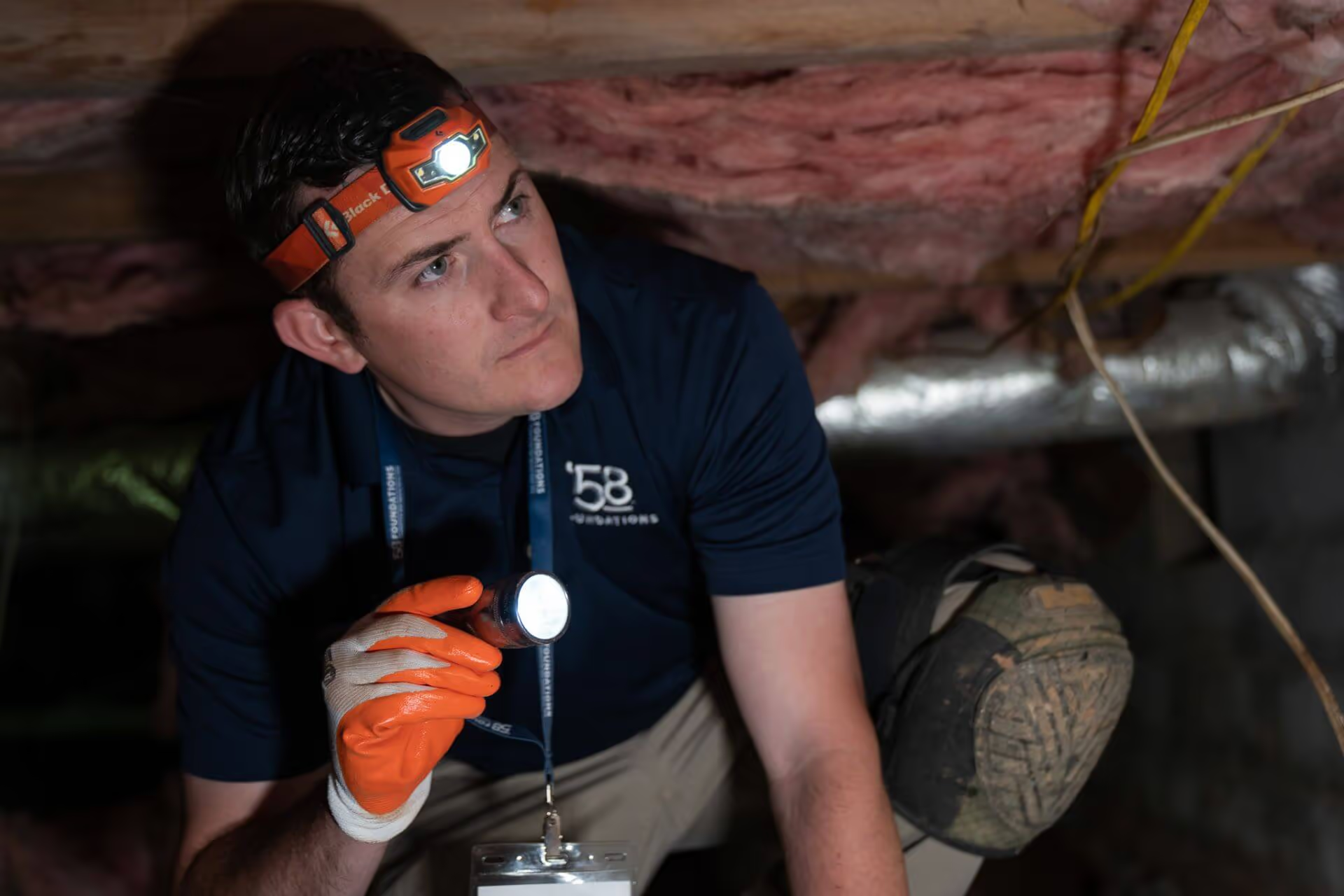Foundation cracks and water leaking are signs of serious structural and moisture issues. Discover the causes of foundation damage, how water intrusion can worsen the problem, and how professional foundation repair and waterproofing can fix the issue.






When it comes to basement foundation issues, one common concern is leaking wall cracks. These cracks, if left unattended, can exacerbate over time. Thankfully, modern solutions exist to address these leaking wall cracks, but it’s crucial to act promptly to prevent further deterioration.
At ’58 Foundations & Waterproofing, we’ve been specializing in fixing leaking wall cracks and damp basements since 1958. While our crack repair methods have evolved, our commitment to exceptional customer service remains steadfast. Contact us for a complimentary inspection and cost estimate for repairs.
Detecting a leaking basement foundation isn’t always straightforward, particularly if the basement is finished. Water can remain hidden behind walls and beneath flooring. Elevated humidity and moisture levels, efflorescence on concrete surfaces, dark staining, and the presence of mold or mildew can signal water intrusion. Utilizing a hygrometer to test your basement’s humidity and air quality is essential, as elevated humidity can lead to various issues. Prolonged high moisture levels can damage wood and other materials and facilitate mold growth.
The appearance of mold or mildew in your basement indicates persistent moisture, warranting a professional assessment to pinpoint the source of the leak and potential damage.
Visible water or dampness in your basement can indicate ground leaks, seepage, or even interior plumbing leaks. Determining moisture levels is crucial once signs of a leaking basement foundation are observed. Dampness may manifest as changes in wall color, musty odors, or mold and mildew growth. However, dampness alone doesn’t always confirm water leakage. High indoor humidity levels can lead to damp spots on walls and floors due to condensation. If you detect dampness without other signs of leakage, using a dehumidifier can help reduce humidity.
Cracks and shifts in walls are potential indicators of foundation problems. Minor hairline cracks are normal as homes settle, but extensive or spreading cracks suggest significant foundation shifting. Walls may also lean or bow inward, compromising overall structural integrity. Moisture accumulation in the soil and increased pressure against foundation walls often lead to such changes. Drainage improvements or a waterproofing system can help alleviate this moisture buildup. Seismic activity or substantial shifts in soil conditions can also contribute to significant cracking and shifting.
When evaluating foundation problems, it’s crucial to consider factors like cracks and wall movement. Minor hairline cracks are common, but larger or persistent cracks may indicate more severe issues. Wall movement can result from factors such as humidity, water leaks, or expanding soil around the foundation. Isolated wall movement doesn’t necessarily signify a problem on its own. However, when coupled with other indicators like cracks, it could point to a more substantial concern.
While foundation issues can be daunting and expensive, addressing them early can minimize risks and save you money in the long run. Familiarizing yourself with the signs, causes, and solutions for foundation problems is essential.
Our team at ’58 Foundations & Waterproofing is equipped to evaluate any cracks you’ve identified in your foundation wall. Whether these cracks are leaking or not, we can assess the situation and provide necessary repairs if the issue requires attention. Our services extend to various local communities, from Knoxville, TN to Marietta, GA, up the coast to Newark, Delaware, and even into Lancaster and State College, PA. Each of our locations is managed by local teams, all benefiting from the collective strength of a regional company.






We respect your privacy. By submitting, you authorize '58 Foundations and Waterproofing to reach you via call, email or text for information about your project needs. We will never share your personal information with third parties for marketing purposes. You can opt out at any time. Message/data rates may apply. Consent is not a condition of purchase. Privacy Policy